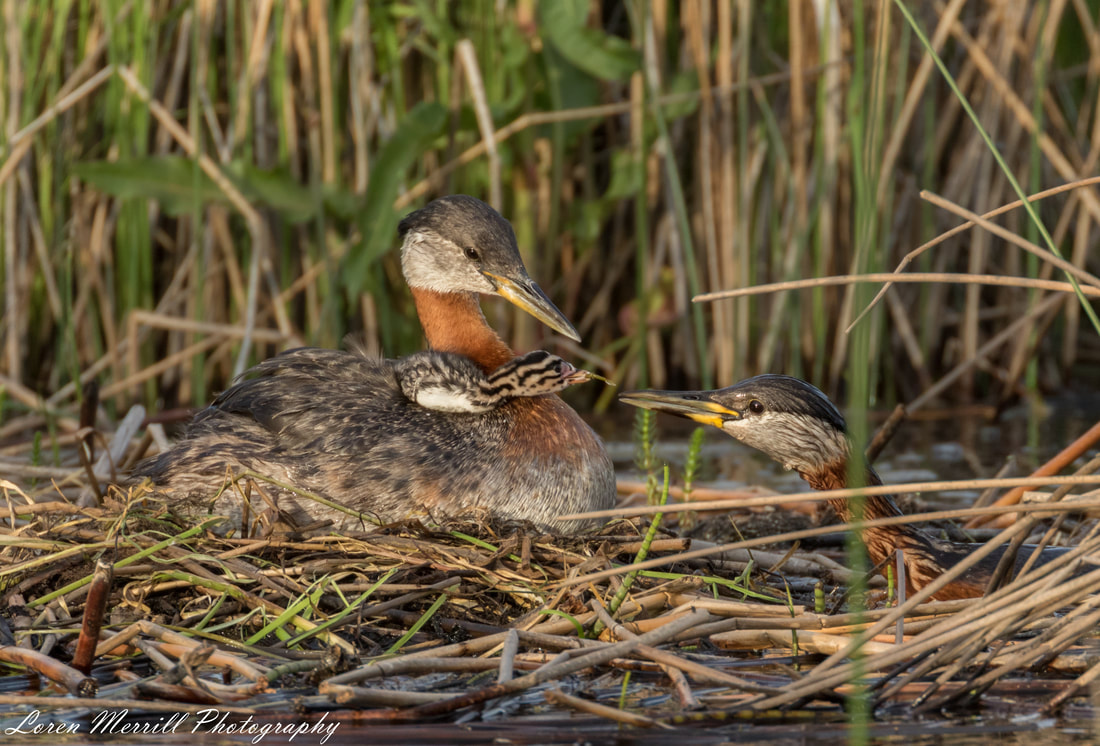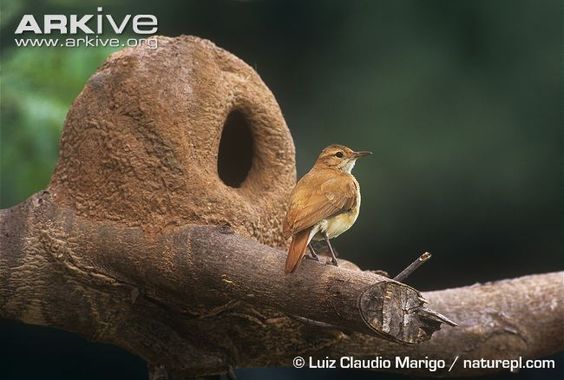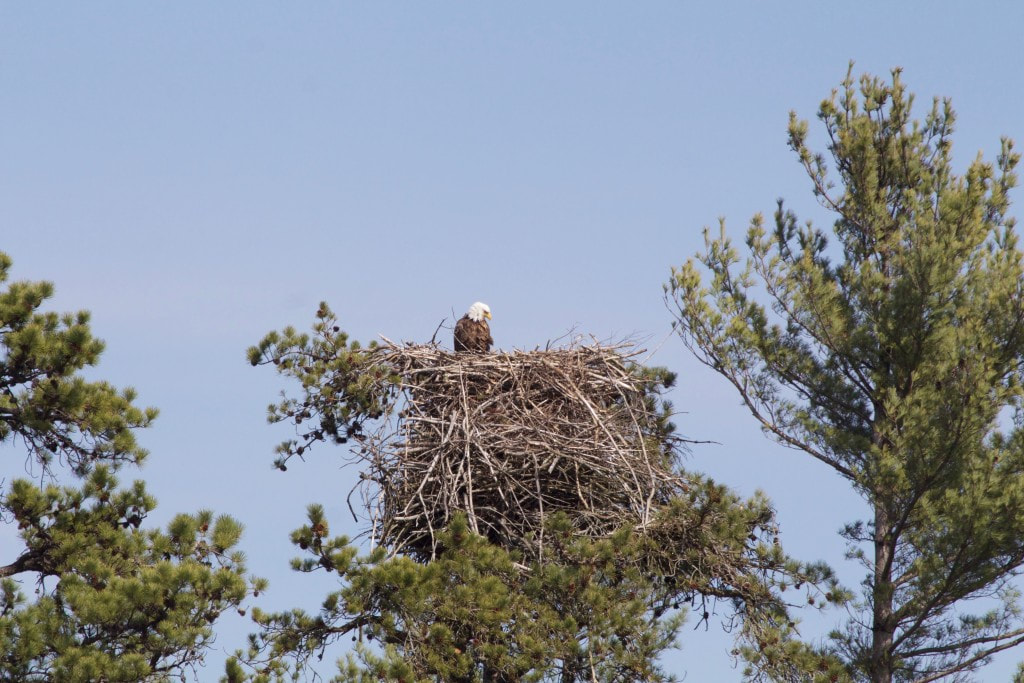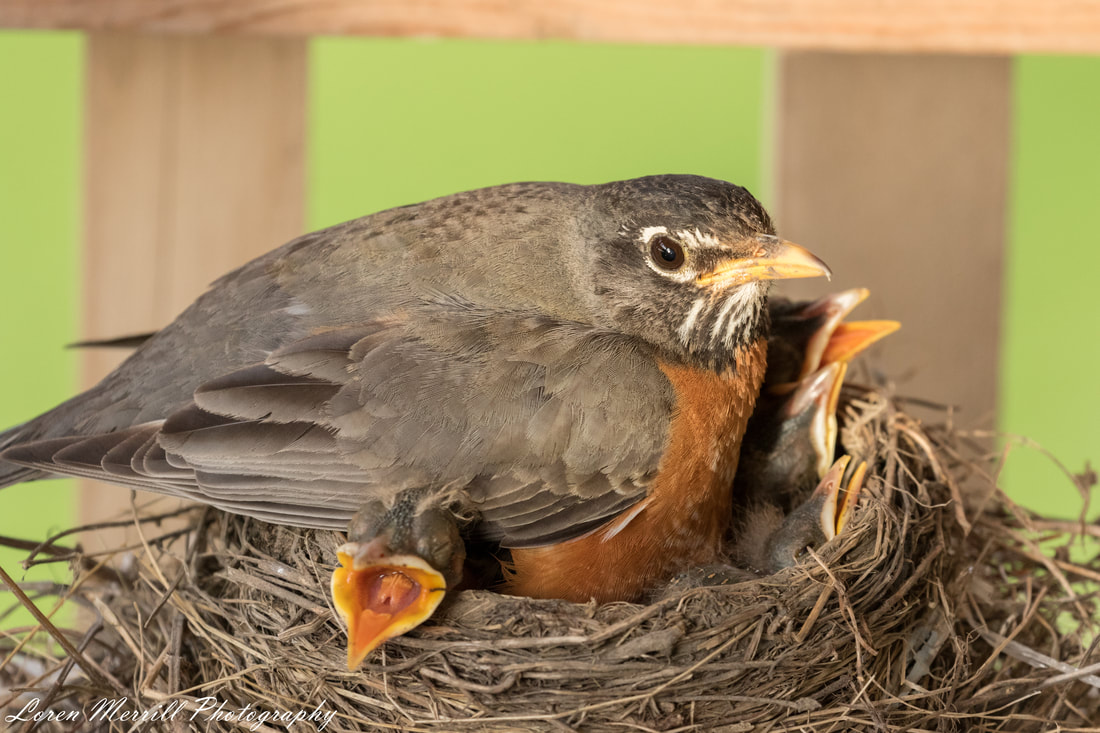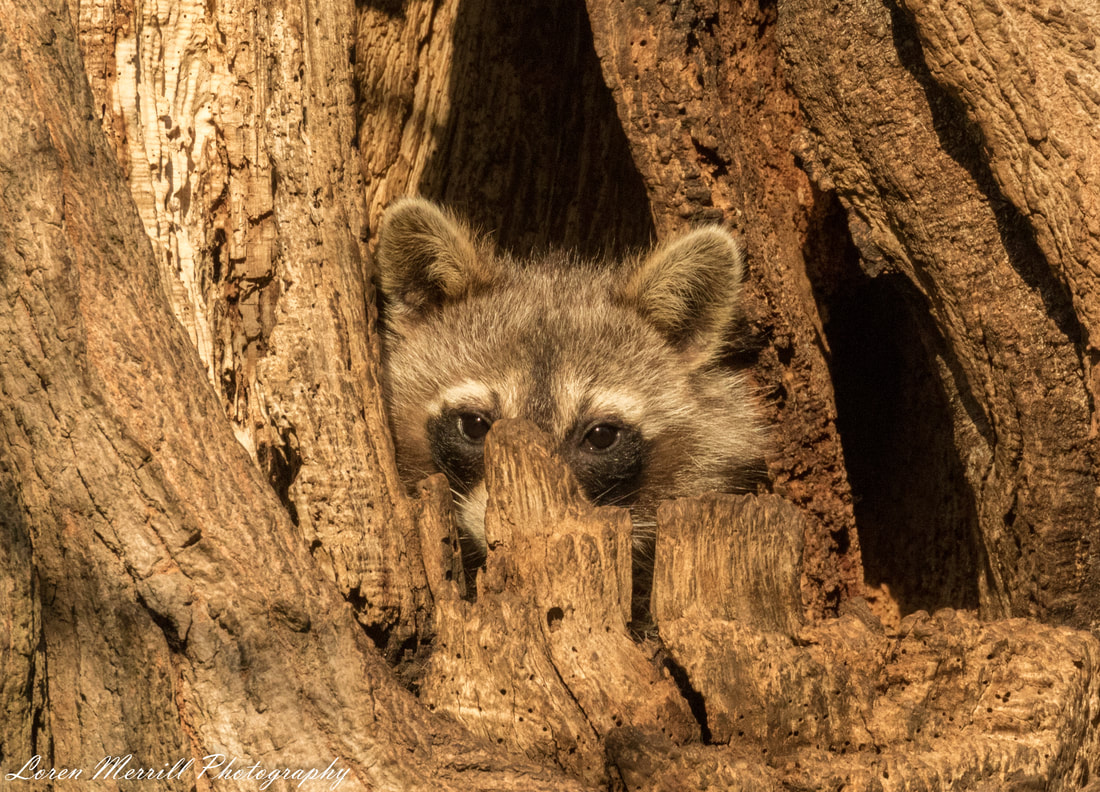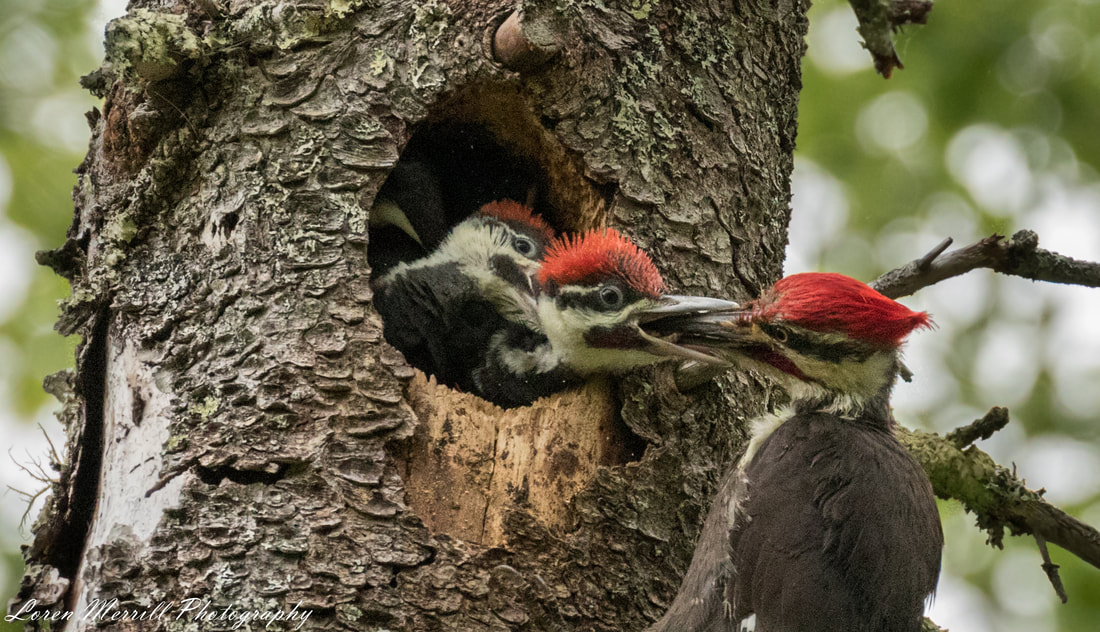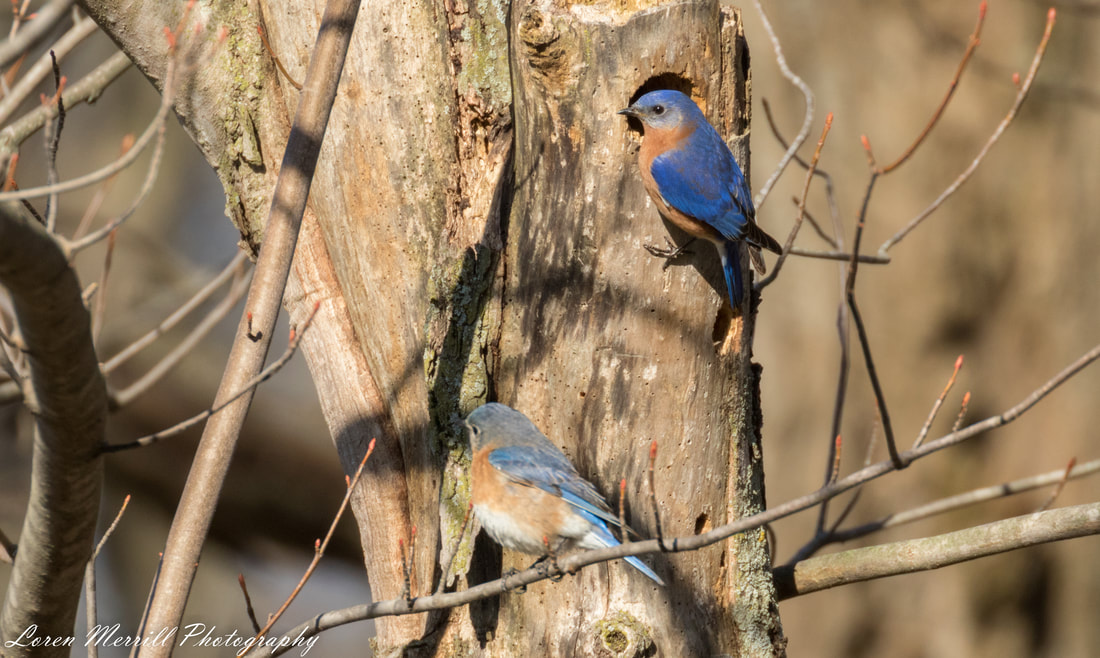|
There are a few things about birds that everyone knows: they have feathers, most can fly, they lay eggs, and most of them build nests. If I asked you to picture a bird’s nest, you would probably conjure up images of a small nest built of twigs and grass, with a nice bowl-shape to it. This is called an “open-cup” nest and is the quintessential songbird nest. But this is just the tip of the "nest-berg"; there are mud-pedestal nests, Dutch-oven nests, nests made of saliva, hanging nests intricately woven from grasses, tree-cavity nests, and giant mound nests made of rotting vegetation. 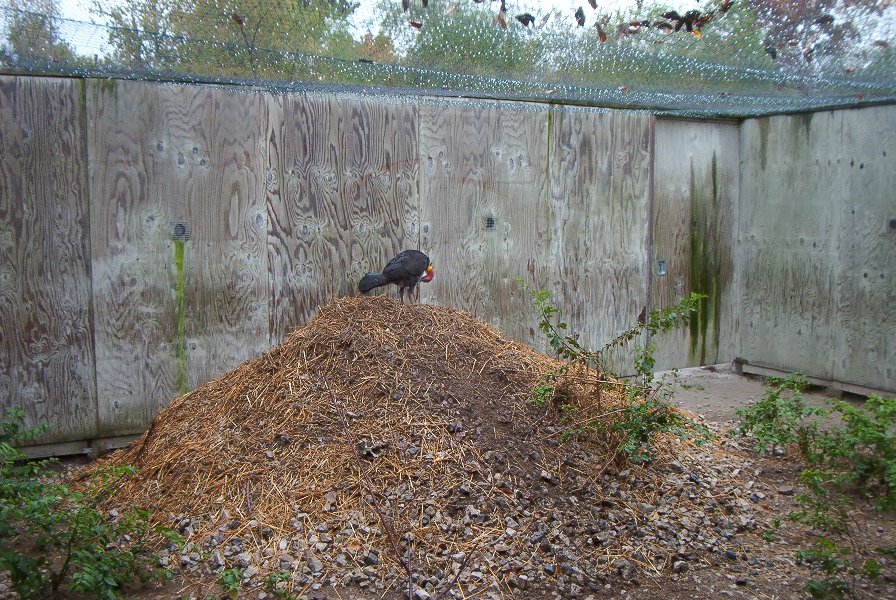 A nest mound constructed from rotting vegetation, built by an Australia Brushturkey. These birds are in the family Megapodiidae, and all members of this family construct some sort of mound nest in which they deposit their eggs, and then leave them. The rotting vegetation produces heat, which provides the warmth needed for incubation. Photo by D. Cowell. And each nest type is intimately linked to that bird’s ecology and life history (we’ll return to “life history” later on, but essentially it encompasses the patterns of growth, development, reproduction, and death each species exhibits). If passing your genes on to the next generation is the most important task in an organism’s lifetime To-do list, the nest sits atop the list of essential accessories for most birds. I think it’s easy to take nests for granted. Ultimately, a nest is just a vessel for holding the eggs and nestlings once they hatch. It’s like Nature’s Easter basket; nobody cares about the basket, they just care about the delicious goodies in the basket. But, depending on the species, nests play an important role in hiding, protecting, insulating, and simply retaining a bird’s most precious possessions. As with almost all other facets of bird biology, evolution has shaped every aspect of nest ecology for birds as well; nest placement, materials used for construction, shape, design, etc. Because all of these components of nesting ecology are the result of selection on behavior, the nest can be considered an extension of the bird’s phenotype (quick primer: the phenotype is the physical representation of the genotype). Richard Dawkins, the famous evolutionary biologist, coined the term “the extended phenotype” (and wrote a book titled the same) to help explain how some things made by organisms, such as bird nests, spider webs, and beaver damns, are the product of the same evolutionary forces that produced bird wings, spider silk, or beaver tails. To help illustrate the importance of nests, we’ll take a little tour of different nest types to explore how a species’ nest impacts other components of its life. We’ll start with a nest that is likely familiar to many readers; the nest of the American robin. As illustrated in this time-lapse video, robins typically begin with some loose grass and small twigs, and then build it up using mud as a bonding agent. The inside of the cup is lined with soft, dry grass, and the female uses her body to mold the nest cup into a perfect robin-sized shape. Some robins begin nesting very early in the spring when nighttime temperatures can drop below freezing. These cold temperatures can be lethal to partially developed eggs or nestlings, and the female has to ensure that the occupants of the nest don’t get too cold. It’s possible that the mud used in the nest acts as a form of insulation. Nests vary considerably in the amount of mud that gets incorporated into the structure, and it’s conceivable that some of this variation is linked to expected air temperatures; nests with more mud should be better insulated from very cold temperatures (as well as very hot temperatures). Robins also prefer to place their nests somewhere that is protected on at least two or three sides. The nest is usually built on a platform of some sort—a thick tree branch, a rock outcrop, on the light fixture above your front door- that also has cover above it. This can be in the form of leaves or other thick vegetation, some natural rock or earthen structure, or the eaves of a house or shed. The robin’s nest-location preferences are driven by two principle factors; protection from the elements, and protection from predators. And despite the importance of protection from the elements, nest-predation is thought to be the number one source of nest failure for most avian species. So, in addition to placing the nest in a spot where it is protected from inclement weather and from the searching eyes of predators, robins (and, in fact, many open-cup nest species) have relatively short incubation periods (the time over which they incubate the eggs) and relatively rapid developmental periods (the time over which a newly hatched robin develops into a fledgling that can leave the nest). For a robin, the incubation period lasts about 10-12 days, and the nestling period 10-16 days. Therefore, in the span of 20-28 days, a robin transitions from a just fertilized egg into a fledgling bird capable of short flights. That is an extraordinary feat for a complex, vertebrate organism. How and why does this critical period of growth and development happen so fast? The “how” question is complicated, and involves rapid rates of tissue differentiation and growth, and frankly is outside my realm of expertise. The “why” question is most likely tied back to the bane of the nesting bird; nest predators. If nests are Nature’s Easter baskets, the woods, meadows, and even suburban backyards are teeming with chocolate-crazed children looking to ravage the contents of those Easter baskets. Only, these children come with scales, fur, and feathers. In fact, the list of animals that will depredate (eat) the contents of a bird’s nest is staggeringly long. There are the classical nest-predators, which are animals that routinely take advantage of the seasonal abundance in eggs and nestlings that pop up across the landscape in spring and early summer. These “Usual Suspects” include animals like raccoons, skunks, snakes, crows and jays, hawks, weasels, and owls. And then there are some surprising entrants on the list; many species of squirrel, mouse, and rat, fire and army ants, giant African katydids, and even Bambi. Indeed, based on footage collected from camera-traps, our doe-eyed deer friends seem to quite enjoy the occasional egg snack. Many open-cup nesting species have altricial offspring, which means the baby birds are featherless, blind, and generally helpless upon hatching. As such, they are stuck in the nest for the duration of time they exist in the egg and nestling forms. Only when they have reached the fledgling stage are they capable of moving around under their own power. For nest predators, this means that if they can find a nest during the egg or nestling stage, they have a nice source of protein and fat nicely contained in one convenient (and immobile) package. To find a nest full of juicy nestlings, some predators cue in on the behavior of the parent birds and watch to see where they go. This tactic is most effective during the nestling period when the adults are forced to make frequent trips to the nest to feed their always-hungry offspring. The back and forth movements of the parents provide a target to hone-in on the nest. So how do the parents combat this? One way birds can reduce the predation threat to their nests is to shorten the length of time that the eggs and nestlings are stuck in the nest. Nestlings that can get out of the nest more quickly may be at a lower risk of getting eaten. Alternatively, it may be that the risk doesn’t change much for an individual nestling, but if the nestlings are no longer contained all in one spot (i.e. the nest), the chances of losing all the offspring is lower, especially during one predation event. Presumably, this is where the expression “don’t put all of your eggs in one basket” originated from. To illustrate this dynamic, let’s do some simple math. For the sake of this example, we’ll assume that robins experience a constant level of nest-predation risk over the duration of the egg incubation and nestling periods. If that rate of predation is 0.02 (or 2%) per day, the nest has a 0.56 (or 56%) chance of being eaten over a 28-day period. So that’s a greater than 50% chance of nest failure. If the duration in the nest changes from 28 to 20 days, that value drops to 0.40, or a 40% chance of being eaten. Now, instead of a 56% chance of being eaten (and a 44% chance of surviving), the nest has a 60% chance of surviving to the fledging stage. On an evolutionary scale, that’s a huge difference. Even if we shrink that difference and go with fledging in 24 days, that changes the odds from a greater than even chance of being eaten, to greater than even chance of surviving (52% chance of surviving). Therefore, if species that are generally under high levels of nest-predation pressure can develop more quickly and get out of the nest at a younger age, they may be able to avoid some of that predation and change the odds in their favor. Sounds like a good strategy to me. However, there are almost certainly limitations on how rapidly a bird can develop. Some of these limitations are imposed at a high level of organization—what are called phylogenetic constraints—and are very difficult for evolution to get around. An extreme example of phylogenetic constraint is the evolution of flight in whales. It ain’t gonna happen. But for birds and speed of development, there are limits set by rates of mitosis, cellular differentiation, mitochondrial efficiency, etc., as well as the complexity of building and organizing various tissues and organs. You cannot make an ostrich in a day, or even a week. Another type of limitation comes in the form of developmental and/or life-history costs, and these costs are something I’ve been interested in for the past few years. But we’ll get to those costs in a minute. This raises the obvious question: if you want to avoid losing your eggs/nestlings to hungry predators, but don’t want to deal with these mystery costs associated with rapid development, what’s a nesting bird to do? Some species place their nests in locations that nest predators don’t want to tread. Black-chinned hummingbirds in Arizona like to place their nests near the nests of Cooper’s hawks and northern goshawks because the hawks pose no threat to the hummingbirds (the hummingbirds are too small for the hawks to bother with), but they are threats to the hummingbirds’ nest predators; namely jays. Up in the Arctic, snow geese will sometimes nest in the shadow of a snowy owl nest, and the owls are thought to protect the geese from mammalian nest-predators. Another strategy is to make your nest hard to access, and lots of birds do this by nesting inside cavities. There are some species, like woodpeckers, that excavate their own cavities inside trees (or cacti, in the case of the gilded flicker), and others, like bluebirds, owls, and tree swallows, that take advantage of old woodpecker holes, other natural cavities, and nest-boxes. By nesting inside these structures, cavity-nesters typically experience reduced rates of predation. One sure sign that cavity-nesters are under lower predation pressure comes from the nestlings themselves; they make an unholy racket from inside the nest hole. I’ve found numerous woodpecker nests by following the sounds of nestlings bellowing for food. If a nestling in an open-cup nest made even a fraction of that amount of noise it would be snapped up in an instant by any hungry predator within earshot. In addition to building up their vocal cords, cavity-nesters have the luxury of not having to rush their egg or nestling periods. The eastern bluebird, for example, is a relative of the robin (they’re both in the Turdidae family) and builds its nests in pre-made cavities, including bluebird boxes. The egg incubation period lasts for 11-19 days and the nestling period for between 17 and 21 days. Not only are these longer than the corresponding periods for the robin, but the bluebird is much smaller than the robin—about 30 grams in weight compared the robin’s much more substantial 80 grams—and smaller birds typically develop more rapidly than larger birds when comparing within the same family. What does this more relaxed developmental schedule mean for the cavity nesters? For one, when they do emerge from the nest hole, they are usually much more developmentally advanced than open-cup fledglings. Many of the cavity-nesters can fly reasonably well as soon as they leave the nest, which is critically important for avoiding predators. I’ve talked about the role of predators on nest-survival, but predators are also the presumed number one cause of death in fledgling birds as well. The picture is looking rather rosy for cavity nesters, I would say. They are better protected in the nest, and then better able to avoid predators out of the nest. If I were a robin, I’d start thinking about looking for nest-sites inside tree holes. But there’s more to the story, and this is where the mystery costs of rapid growth and development come in.
Notice to the reader: the rest of this paragraph delves into some complex conceptual ideas and theories about growth and development. If you find your mind beginning to wander, feel free to jump to the next paragraph. Research over the past few decades has shown that when individuals undergo accelerated rates of growth (relative to the norm for that species), they often suffer from a variety of physiological, morphological, and cognitive issues, and ultimately shortened lifespans. These problems have been linked to an excess of glucocorticoid hormones (such as cortisol and corticosterone; the “stress hormones”), as well as high levels of free radicals, which can damage an organism’s cellular machinery and even its DNA. When we look across species, however, it has been harder to identify what costs, if any, are associated with more rapid rates of growth and development. We do tend to see a pattern for species with more rapid rates of growth and development to have shorter lives, and there is some indication that this may be linked to elevated levels of free radicals produced during the rapid growth periods. Some of my own work indicates that there may be another cost as well; a loss of developmental flexibility. Work done in collaboration with colleagues at the University of Illinois examining rates of growth and development across a range of bird species suggests that those species with faster growth experience a reduction in developmental flexibility compared to species with longer periods of growth. This flexibility is important because it allows individuals to adjust their development to fit the prevailing conditions, especially the availability of food. Individuals with more rigid developmental trajectories may be unable to adjust to changing conditions, and could be more likely to die (which is what I found in similar work in zebra finches). Now things really look bad for those open-cup nesters! They’re more likely to die in the nest. They’re more likely to die out of the nest as fledgers. And then they’re more likely to suffer from a litany of ailments that ultimately result in death at an early age. Where do I sign up? But the reality is that there’s something called a life-history tradeoff, which means, more or less, that some species live a fast-paced lifestyle, and other live a slow-paced lifestyle. Species that live life in the fast lane grow rapidly, typically have lots of offspring, and die young. The idea is that the relative parental investment is pretty low for a given individual offspring. And this is where a lot of the open-cup nesting species fall; they can make up for the high rates of mortality by producing more offspring. Meanwhile, the species in the slow lane generally live longer, produce fewer offspring per year, but invest more into each individual. Within the bird world, the species on the extreme slow end of the spectrum are seabirds like albatrosses, which can live to be 70 years old, often don’t reproduce until they’re 10+ years old, and raise a single chick over an 8-10 month period. Cavity nesters like bluebirds don’t exhibit that kind of life-history, but they do invest more energy and resources into a given clutch than robins do, simply by way of incubating the eggs for longer, and provisioning the nestlings for longer. I’ve only scratched the surface in this exploration of avian nesting ecology, but I think I’ll leave it there for now. Hopefully readers will have the opportunity to see some of this nesting ecology in action for themselves over the coming months. And on a related note, happy belated Mother’s Day to all the mom’s out there, especially my mom! Here’s the link to my Mother’s Day post from last year. Next post: TBD Subscribe to the Newsletter! If you would like to get notifications about when new posts are up and other tidbits related to the blog, sign up for the View Out the Door twice-monthly newsletter. Just email viewoutthedoor “at” gmail “dot” com with the subject header SUBSCRIBE.
0 Comments
Leave a Reply. |
About the author:Loren grew up in the wilds of Boston, Massachusetts, and honed his natural history skills in the urban backyard. He attended Cornell University for his undergraduate degree in Natural Resources, and received his PhD in Ecology from the University of California, Santa Barbara. He has traveled extensively, and in the past few years has developed an affliction for wildlife photography. Archives:
|
